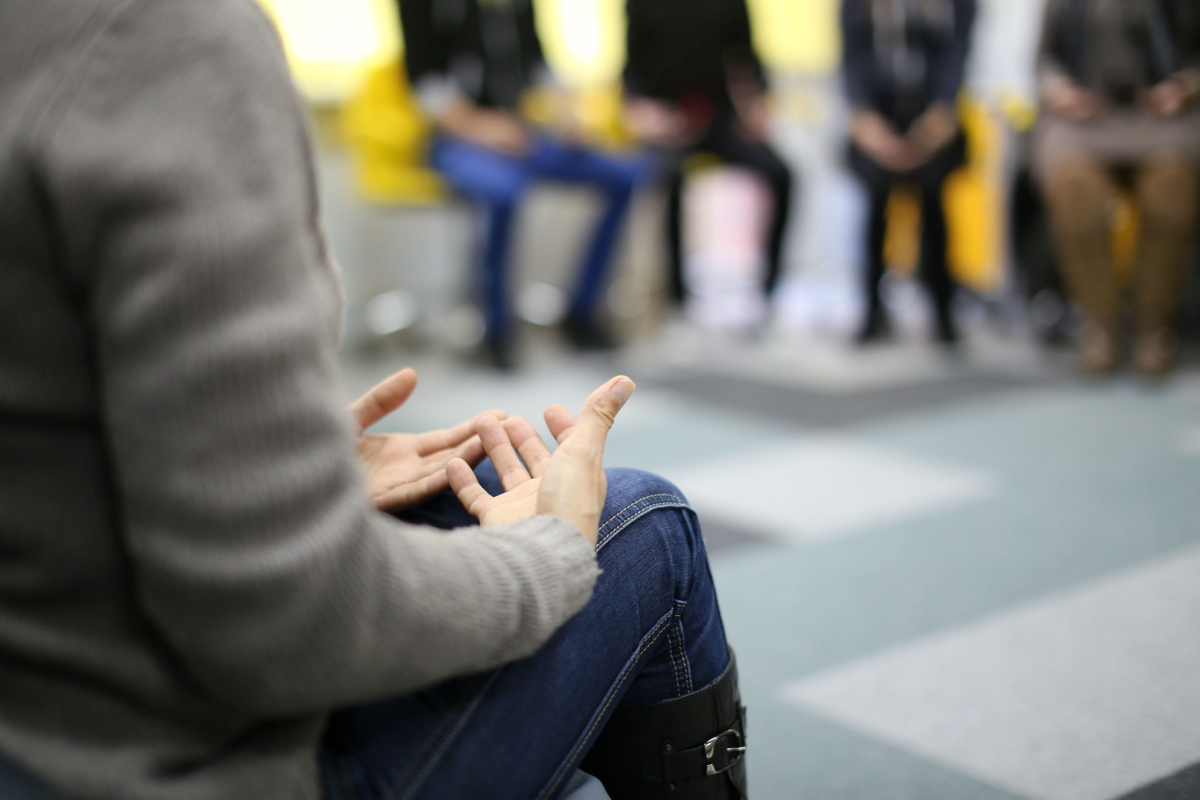
One of the problems with anxiety is that it can make the person afflicted feel totally alone. Other people don’t seem to have issues interacting with others. They can also do normal tasks with complete confidence. So, why can’t I? These are common feelings and thoughts someone with anxiety experiences on a daily basis. You would think that the last type of treatment that would be useful for people with anxiety is group therapy. However, there are several benefits to group therapy as a treatment option for anxious individuals. A few of these benefits are explained below.
Eases the Feeling of Loneliness
Joining a group with others who experience the same struggles as you can help you feel less lonely in your battles. You may even discover that others have anxiety about situations that you have complete confidence in, which can help you feel more put-together than how you originally viewed yourself. Group settings can also provide a place for anxious individuals to feel somewhat normal, as they know that everyone else in the room feels and thinks the same way as them. Since anxiety is a broad topic, members may need to find a group tailored to a more specific form of anxiety, such as dating anxiety or generalized anxiety disorder. Usually the point of group therapy is to help individuals overcome their anxiety, not just to help members accept that anxiety is part of who they are. Because members are all working toward a common goal, they can help each other in their journeys and provide encouragement along the way.
Learn Coping Skills
In a group setting, the therapist may offer suggestions on different coping skills members can use to handle anxious feelings. Group members may also share specific strategies that have worked for them, so other members can benefit from the advice. Anxiety usually isn’t fixed overnight, so it’s important for individuals to learn coping mechanisms they can use in everyday scenarios on their way to complete victory. Some examples of coping skills include deep breathing exercises and positive thinking through cognitive behavioral therapy.
Face Fears Head On
One group therapy technique, called exposure therapy, encourages those with anxiety to face their fears in order to overcome them. This may look like talking on the phone with a stranger or performing a task the person with anxiety otherwise would never have considered. Through these activities, they are supported, and the group or the therapist is there for encouragement if needed. Often, the members see that some activities weren’t as scary as they imagined and feel empowered to do them on their own when they experience them in real life.
Accomplish Growth in a Safe Setting
Because group members are in a controlled environment, they feel safe to try activities that would normally give them anxiety. They may still feel anxious while doing it, but enough positive outcomes from performing the same activity will help reduce anxiety symptoms related to that activity over time. Eventually, the hope is that the individual experiences no anxiety over the tasks that were once crippling.
While group therapy may frighten some individuals with anxiety at first, it can often prove extremely therapeutic in the long run. Although anxious individuals can find help through one-on-one counseling, group therapy may provide different experiences and benefits that heal certain forms of anxiety faster than individual therapy can provide.
Use the form below to receive more info on group therapy
[contact-form-7 id=”7919″ title=”Contact Us Page”]

